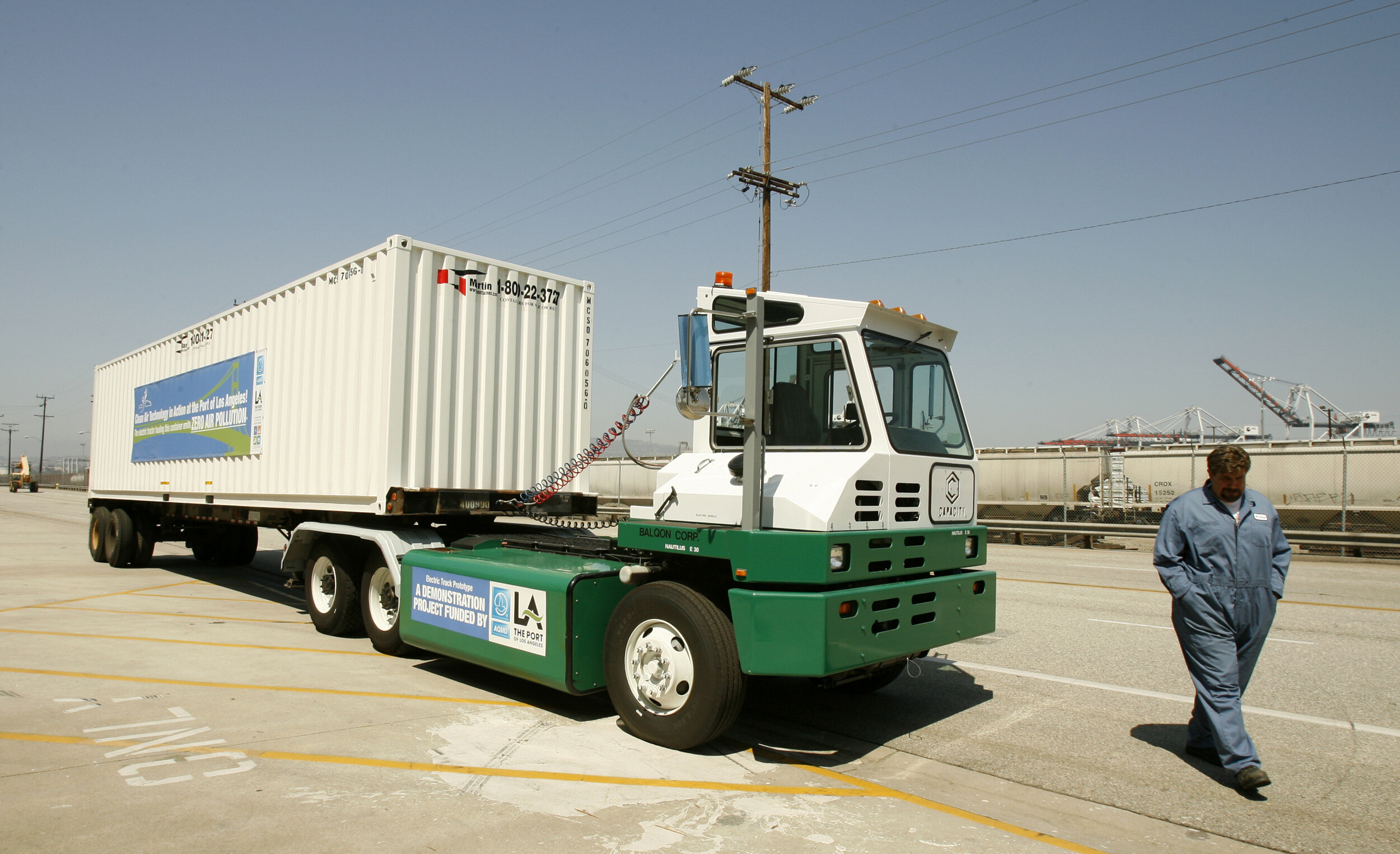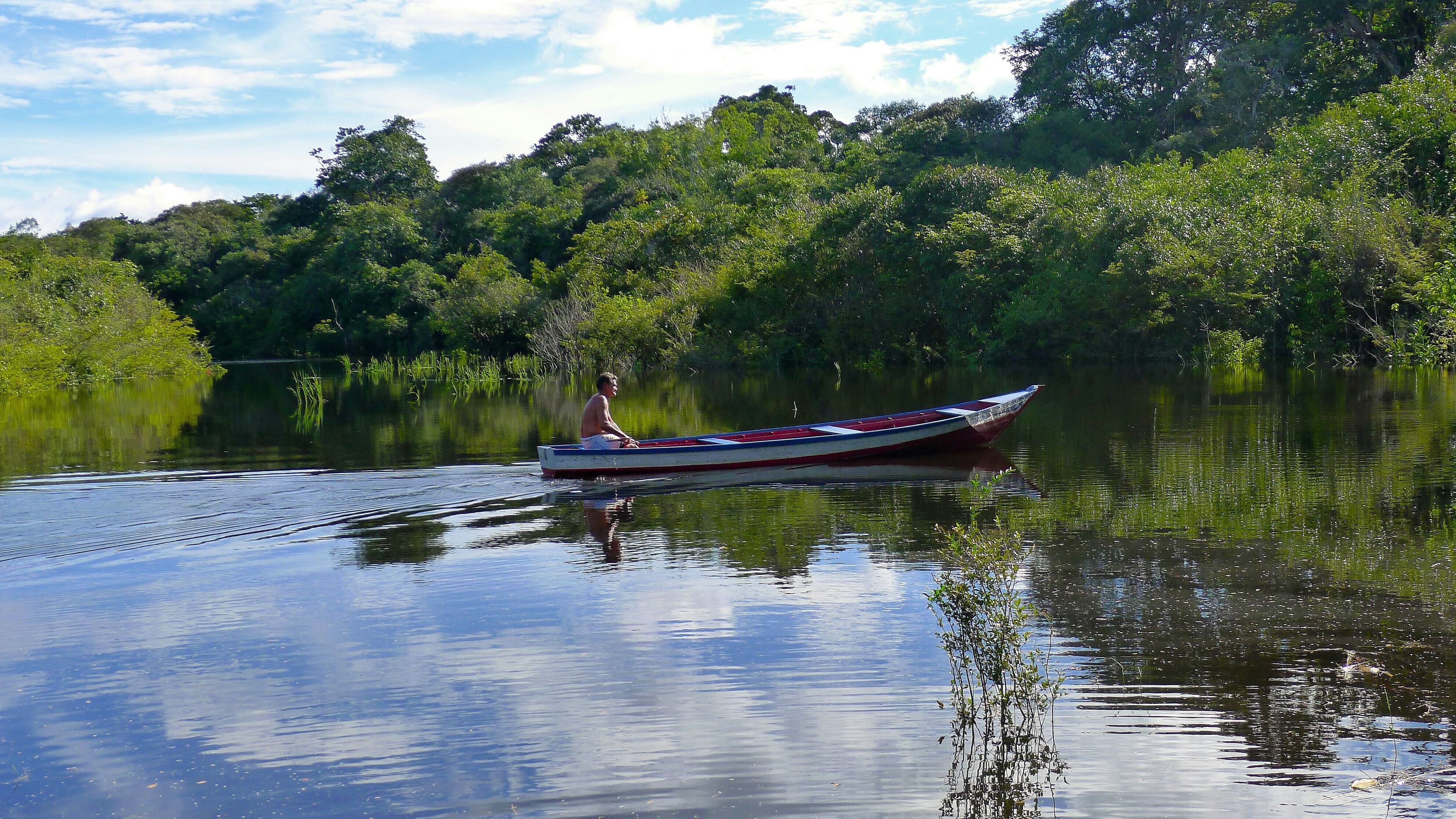If people aren’t responding to climate warnings, we need to change the message

Risk communications about Typhoon Haiyan failed tragically because people did not understand the warnings. Image: REUTERS/Erik De Castro
Kok Kwang Phoon
Director, Lloyd’s Register Foundation Institute for the Public Understanding of Risk, National University of SingaporeOlivia Jensen
Lead Scientist, Lloyd’s Register Foundation Institute for the Public Understanding of Risk, National University of SingaporeTop decision-makers place extreme weather events and the failure of policies to address climate change as the top two high-probability, high-impact risks facing the world. Yet there often appears to be a wide gulf between the priority top decision-makers give to climate issues and the public’s level of concern.
This gap matters for two reasons: first, because politicians will only adopt policies to address climate change if there is strong demand from their electorates. Second, because many of the most effective actions to manage climate-related risks need to be taken at the household level, like the decision to invest in strengthening your house to withstand strong winds, or whether to evacuate in response to a storm warning.

The feeling of risk
Behavioural psychologists explain the underestimation of climate risks in part by the low level of emotional engagement evoked by these risks. Climate risks seem too far away in both space and time to trigger the feeling of risk, and it is this feeling that causes us to take precautions, more than any rational calculation of probability-weighted costs and benefits.
Research finds that people perceive risks to be higher when they can easily bring to mind a picture of the event. This certainly seems to be the case when it comes to insurance decisions. For example, purchases of flood insurance jump in the year after a serious flood but the effect fades quickly. Within three years, purchases of insurance have fallen back to pre-flood levels.
Climate change is harder to picture than a flood and the images it conjures are of the world’s most remote places: melting ice caps and drowning Pacific atolls. This feeling of distance can be observed in surveys when respondents identify climate change as a highly significant global risk, but rank it much lower when considering whether it is a risk to themselves and their families.
Articulating climate risk
Scientists have taken these behavioural insights on board in designing climate communication strategies. Major efforts have gone into downscaling global climate change models to help people understand how climate change is likely to impact their region.
Much more attention is paid to how information is presented in public communications. A useful guideline is that texts should be readable for an average 12 year-old, composed of short, clear, jargon-free sentences. Infographics should be designed to convey a single message rather than packed with additional information. Narratives should be used, when appropriate, as stories engage people more than statistics.
Much of this may seem like common sense but it is strikingly different from the standards of academic discourse, which requires careful use of highly specialized terms. The same terms prevalently used in communication between experts may carry vastly different meanings to the public. Think of “significance”. To a statistician, this implies a relationship between two variables that is very unlikely to be due to chance, no matter how small. To the public, and to many policymakers, significance conveys importance and it would not make sense to call a tiny effect significant.
Moving beyond numbers and words, the proliferation of technologies presents opportunities to make communications more effective. The spread of smartphones in developing countries means that pictures and videos can reach vulnerable communities as well as written warnings.
The potential value of visuals is illustrated in the tragic failure of risk communication in the Philippines about Typhoon Haiyan. Residents were warned about an imminent “storm surge” through TV and text messages but many did not understand the term and did not evacuate from coastal areas. A picture, in this case, would have been worth much more than a thousand words.
News outlets are now experimenting with mixed reality to convey information about wildfires and floods. If people can visualize how a fire or flood might spread in their own town, it may provide the nudge they need to take effective precautions.
Listening to people
One of the key guidelines in risk communications is to understand your audience. This means more than just using the appropriate vocabulary or visuals. It also requires communicators to make an effort to comprehend the real constraints that people face in managing risks of extreme weather and climate change.
People living in hazard-prone areas may deal daily with a spectrum of risks relating to money, personal safety, health and caring for family members. Paying attention to these other sources of risk helps to explain why the right message does not always lead to the right action.
In cyclone-prone Odisha in eastern India, weather warning systems have become highly effective in reaching people and most people now make it to evacuation shelters. However, some families who are very concerned about the theft of their property or the safety of their livestock stay at home even if this puts their own lives at risk. Policies to keep these people safe will need to address these underlying issues, going well beyond early warning systems.
The approach to risk communication may also need to adjust to take account of the priorities and constraints of the audience. As Eldar Shafir and Sendhil Mullainathan have shown in their work on scarcity, constant attention to managing limited financial resources on a daily basis leaves people with little bandwidth to consider how to plan for the future. While individuals may become very good at managing a tight budget, the constant need to calculate trade-offs induces a kind of tunnel vision that makes it difficult to plan for the future and to take decisions to save, invest or insure, all of which are vital to resilience.
Communication as dialogue
Ultimately, effective communication about climate risk will take the form of a dialogue between global expertise and local knowledge. The Lloyd’s Register Foundation Institute for the Public Understanding of Risk at the National University of Singapore is contributing to this dialogue through analysis of public risk perceptions using big data and rigorous evaluation of risk communication strategies through experiments and trials.
Our belief is that with greater public understanding of risk, experts will give more compelling guidance and people will be able to take better decisions to protect themselves as the climate changes.
Don't miss any update on this topic
Create a free account and access your personalized content collection with our latest publications and analyses.
License and Republishing
World Economic Forum articles may be republished in accordance with the Creative Commons Attribution-NonCommercial-NoDerivatives 4.0 International Public License, and in accordance with our Terms of Use.
The views expressed in this article are those of the author alone and not the World Economic Forum.
Stay up to date:
Climate Crisis
Related topics:
Forum Stories newsletter
Bringing you weekly curated insights and analysis on the global issues that matter.
More on Climate Action and Waste Reduction See all
Wee Kean Fong and Yvonne Zhou
November 19, 2025







